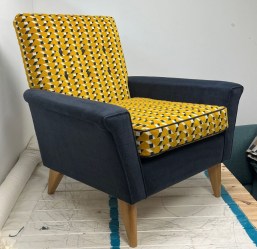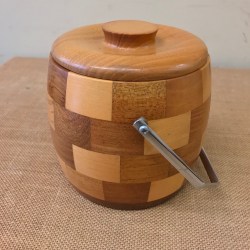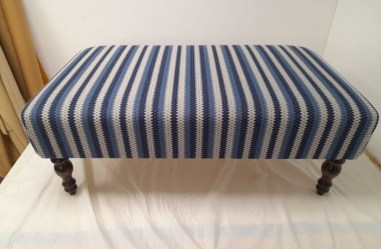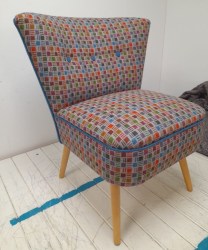Upholstery can be a rewarding hobby or profession. If you'd like to learn more, take a workshop if you can. This is a great way to learn the basics of upholstery from a professional. Videos and books can be helpful but there is nothing like getting hands on experience with a professional.
With plenty of practice, you can learn how to transform old furniture into beautiful new pieces. Upholstery is a skill that takes time and practice to learn. Don't get discouraged if you don't get it right the first time. Be patient. Consider your skill level and experience. Don't try to be too ambitious on your first project. You may want to give up.
Removing all the old upholstery is hard and dirty work. It's part of the re-upholstery process so try not to get down hearted if you have to remove lots of staples and tacks.
Our upholstery workshops are held in our Ellesmere workshop where we have moved to recently. We offer a four week booking of 2.5 hours per week, for a minimum of four weeks. You may need longer depending on your project, but 10 hours gives you enough time to see if you love or hate it. If you've never upholstered before then short stints are a better way to learn. It gives you time to rest rather than having a whole day which you will be shattered at the end of it. We want you to finish your project and not give up at the first hurdle if you are worn out having spent 7 hours upholstering. Mark has been doing this for 36 years and knows how tired he is at the end of the working day.
All tools are provided so no need to invest in tools. If you fancy having a go, then please do get in touch to discuss dates, and what sort of project you may have in mind.
















